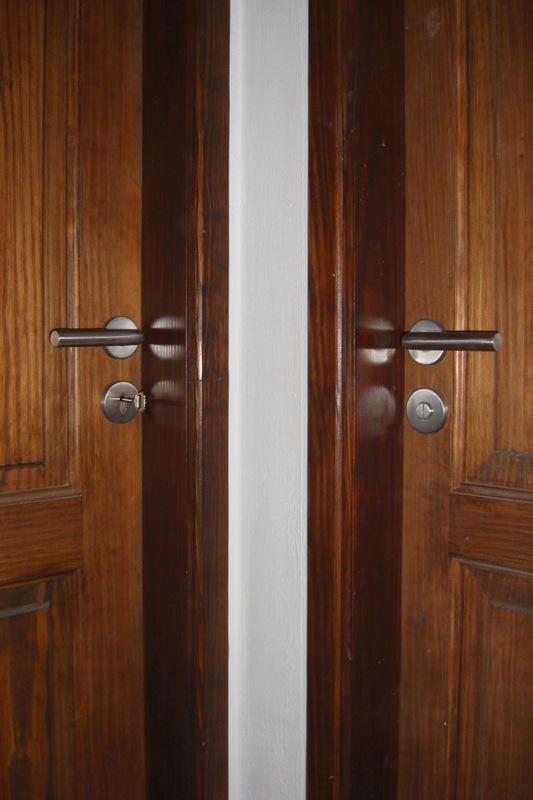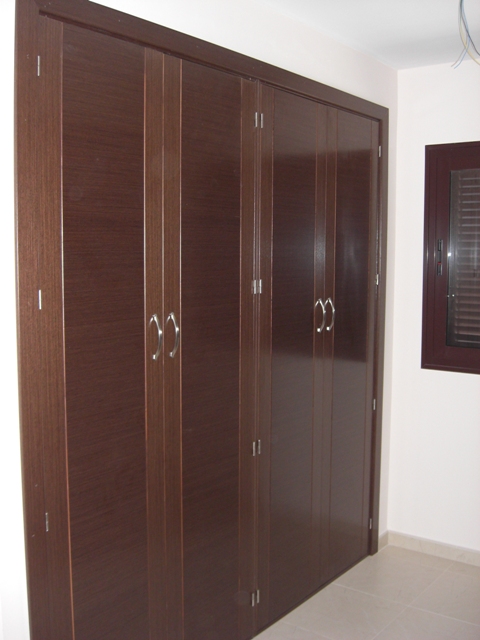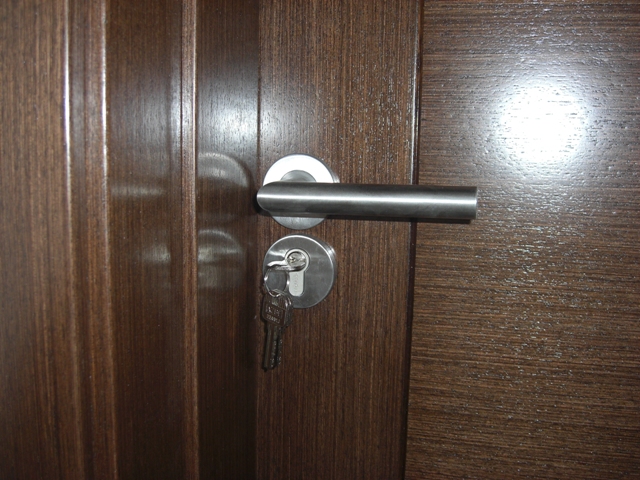Winter is a popular time of the year to fit wood flooring (and for other interior renovation work). It is simply a result of the additional time property owners spend indoors and their desire to make their stay nicer. If wood flooring is in your plans, you will find this guide to wood flooring of use.
When it comes to choosing wood flooring, you have to decide on the following:
- Wood type
- Wood species
- Wood grade
- Wood finish
Wood type – The decision to fit one type instead of the other is your first consideration. It will have an impact on the durability of the floor and your overall satisfaction. The two types are solid wood and engineered wood. Solid flooring is made from 100% natural wood, whereas engineered flooring are made from natural wood on the surface with three or four layers of MDF, Plywood and Softwood on the bottom. When fitted, both types look precisely the same, so you might ask yourself, why the two options? The answer to this question lies in the strength and weaknesses of each type.
Solid flooring – Due to their complete natural form, the floor inherits two features of natural wood that you may find unsuitable for your property. The size of the floorboards is limited due to the size of the tree and the wood may expand in hot climate or contract in cold climate. On the other hand, durability exceeds the second type and the floor can be sanded and rejuvenated many times over its service life.
Engineered flooring – Due to its varied construction, the floor is the only type of suit under floor heating and can cope better in humid conditions such as conditions that are likely to happen in a bathroom or kitchen areas. Floorboards are not as durable as solid in terms of service life and while sanding is doable, the number of times that you can safely sand the wood will depend on the thickness of the natural wood layer (the top layer)
Wood species – There are a number of species that are suitable for wood flooring. The main concern when choosing wood species is its impact on the service life of the floor and how the wood was sourced, using ethical measures or not. The service life of solid flooring is estimated at 50 years, while engineered is estimated at 25 years. The most common species that are both durable and can be sourced ethically are Oak and Walnut. Your decision to prefer one instead of the other is normally down to budget constrains. If you do decide to venture out and seek new species, we strongly encourage you to check the origin of the wood and to ensure that the wood was sourced from sustainable forests.
Wood grade – Wood species, be it Oak, Walnut and others are differentiated based on the grade of the wood. The grade is merely a measure of how refine the wood is and will not impact the durability of the floor. The higher the grade is, the more refine the wood and the more you would be expected to pay. There are four common grades that are industry standards no matter where you decide to purchase your flooring from.
Prime Grade also known as AB Grade – The wood features very few knots and minimal colour variation. Prime is the highest and most expensive grade.
Select Grade also known as ABC Grade – Contains some colour variation between the planks and looks less uniform compared to prime.
Natural Garde also known as ABCD Grade – Often refereed to as ‘mill run’ grade, it will feature higher number of colour variation and frequent knots.
Rustic Grade also known as CD Grade – The most popular grade due to its cost, rustic is also considered the grade with the most ‘character’. The wood will feature knots of up to 35mm in size and significant colour variations between the planks are to be expected.
Wood finish – The last consideration to make is how the wood will be protected. The finish is a thin almost transparent layer of liquid that acts to seal the wood and to provide some form of protection. The most common are lacquer, oil and UV oil finish. Lacquer is popular because it makes the wood almost waterproof as it sits on the wood, while oil is better at preventing common wear and tear damage as oil sinks into the wood.
For more information, leave your comment below or contact Natura Design.
Article written for Natura Design by Wood and Beyond Ltd. London based FSC seller of wooden flooring from solid flooring to engineered flooring and more.






